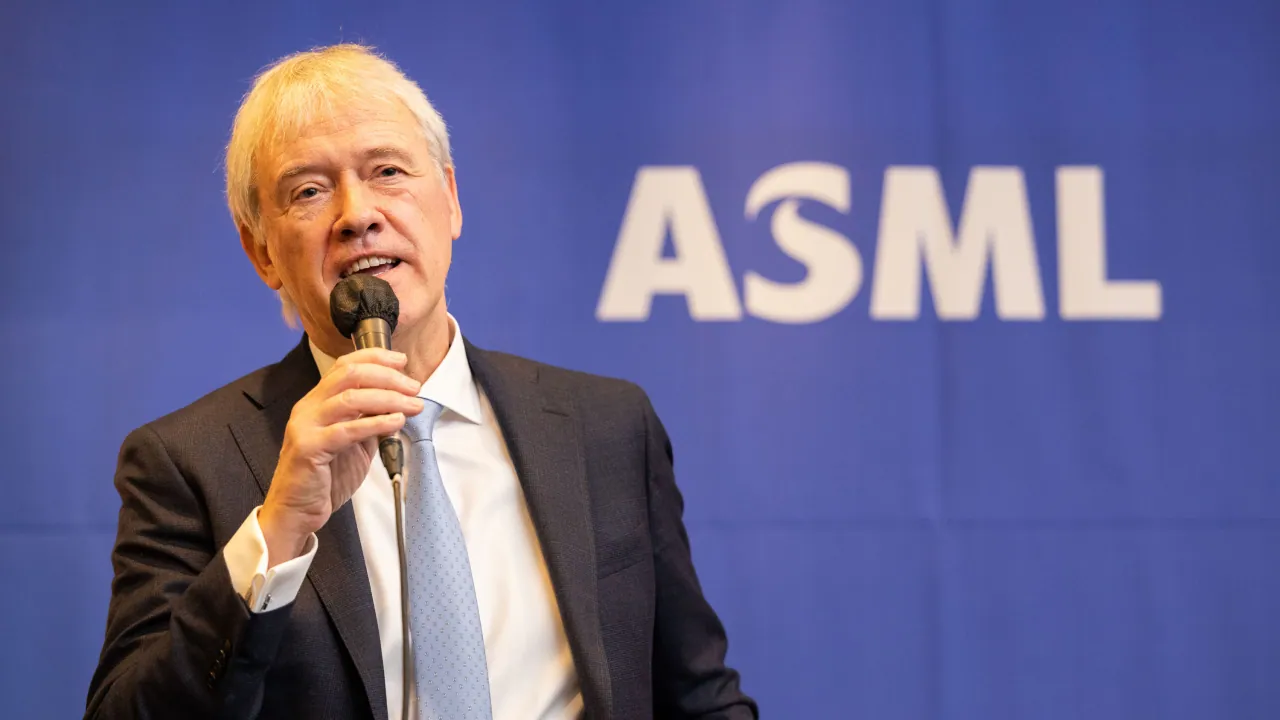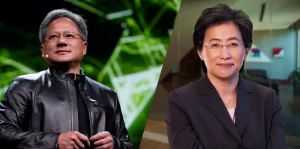Introduction
In recent years, the global semiconductor industry has witnessed significant shifts in market dynamics, technological advancements, and geopolitical influences. Amidst these changes, EU’s market finds itself at a critical juncture, aiming to bolster its presence in the semiconductor market to remain competitive on the global stage. However, achieving this goal presents a formidable challenge, as highlighted by industry leaders and analysts.
Follow us on LinkedIn for everything around Semiconductors & AI
The European Union’s Ambitious Goal of Market Share
The European Union’s ambition to attain a 20% market share in the semiconductor industry by 2030 has been met with skepticism from some quarters, including the CEO of ASML, Peter Wennink, who deems the target “totally unrealistic.” This skepticism is rooted in the formidable obstacles that lie ahead. This is particularly highlighted in the realm of investment, capacity expansion, and technological innovation.
Read More: What are Major Semiconductor Companies in Europe
Analyzing the Investment Landscape share of EU’s Market
One of the primary concerns raised by industry leaders is the substantial investment required to ramp up semiconductor production. Kurt Sievers, CEO of NXP, emphasized the need for a staggering €500 billion investment to realize the EU’s market share goal. While recent investments by companies like TSMC, Bosch, NXP, and Infineon are laudable steps towards bolstering Europe’s semiconductor ecosystem, they are deemed insufficient by industry experts.
Current Semiconductor Production Capacity
To put the EU’s aspiration into perspective, let’s examine the current landscape of semiconductor production capacity. According to SEMI, China leads the pack with 8.6 million 8-inch equivalent wafer per month (wpm) capacity. This is followed by Taiwan, Korea, Japan, the USA, Europe, and Southeast Asia. Europe accounts for roughly 8% of the industry’s capacity, aligning closely with its market share measured by value.
Read More: What is EUV that made ASML the biggest company of Europe
The Challenge of Capacity Expansion in EU’s Market
Achieving a 20% market share by 2030 would necessitate a substantial increase in semiconductor production capacity within Europe. With the industry’s capacity growing at about 6% annually, meeting this target would entail the construction and full-scale operation of approximately a dozen new fabrication facilities (fabs) by the end of the decade.
Competing in a Global Market
However, the challenges extend beyond mere capacity expansion. Europe faces stiff competition from established semiconductor powerhouses in Asia and the United States, which have historically dominated the market. These regions boast robust ecosystems comprising not only fabs but also a comprehensive supply chain, research institutions, and a skilled workforce.
Read More: How IMEC made ASML the biggest company in Europe?
The Role of Technological Innovation
Moreover, technological innovation remains a crucial factor in determining the competitiveness of Europe’s semiconductor industry. Advancements in areas such as process technology, materials science, and design methodologies are essential for driving product innovation and maintaining a competitive edge.
Strategies for Success
Addressing these challenges requires a multifaceted approach involving strategic investments, policy support, and collaborative efforts across the public and private sectors.
Government Support and Policy Initiatives
Governments must play a proactive role in incentivizing semiconductor manufacturing within Europe through measures such as tax incentives, R&D grants, and infrastructure development.
Fostering Collaboration and Innovation Ecosystems
Furthermore, fostering a conducive regulatory environment that promotes innovation while ensuring fair competition is essential. Streamlining bureaucratic processes, protecting intellectual property rights, and addressing supply chain vulnerabilities are paramount to nurturing a thriving semiconductor ecosystem.
Regulatory Considerations
In conclusion, while Europe’s ambition to achieve a 20% market share in the semiconductor industry by 2030 is undoubtedly ambitious, it is not unattainable. However, realizing this goal will require concerted efforts from all stakeholders, including industry leaders, policymakers, and research institutions.
Read More: The Rise of Dresden: How a German City is Becoming a European Manufacturing Leader
Conclusion: Towards a Thriving Semiconductor Ecosystem in Europe
By addressing key challenges and leveraging Europe’s strengths in technology, innovation, and talent, the continent can carve out a more significant presence in the global semiconductor market. This will help to secure its position as a hub for cutting-edge semiconductor manufacturing and innovation.




